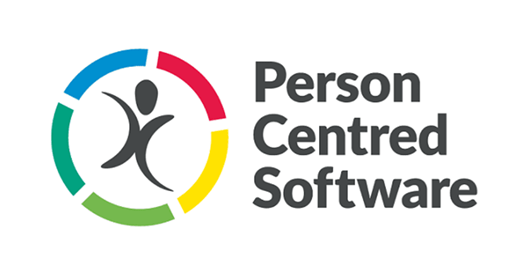Like many care providers, you may be looking to move from manual processes to implementing technology in your service. Technology you can easily use the information to shape the way your service delivers care whilst improving the quality of care. It can also help you to demonstrate your quality of care to regulatory bodies.
In CQC’s updated KLOEs, there is a question (E1.3) that specifically asks how technology and equipment are used to enhance care. But how can you ensure you choose technologies that will enhance the quality of care and support at your service?
While it may feel intimidating, choosing and implementing an effective electronic system is easier than you think. These six steps should help you move forward with technology:
Step 1: Decide your primary goal
Identify your primary goals e.g. GDPR and wanting to keep care records secure and compliant, but still accessible to staff.
Electronic care recording will help to improve the quality, visibility and quantity of care records evidenced by staff. Applied technology like wearables, on the other hand, are worn by residents to monitor a whole range of medical and physical conditions and ensure optimum wellbeing.
If the technology is good, there will be subsidiary benefits. For instance, staff being freed up from documentation means that they have more time to spend with residents.
Step 2: Assess the challenges
Technology is only worth adopting if it is going to move you closer to your goal, whether that’s delivering person-centred care, providing quality of care, or supporting residents’ independence.
Consult staff who are closest to residents about areas that could be made more efficient and effective and think differently about how to evolve working practices.
For instance, the accepted way to check on people during the night currently is by going into their room multiple times. But alternative solutions, such as acoustic monitoring, are safer and lead to less disturbed sleep.
Step 3: Do your research
Visit trade shows and conferences to meet providers plus talk to other care homes about the technology they’ve tried or use.
Trade shows such as Health+Care in London or Care Show in Birmingham are where lots of technology providers exhibit so you will have an opportunity to browse and gather a lot of information in a day. Industry bodies like Care England and the National Care Forum host smaller events, often they will have a ‘technology day’. Your care association may also host local events specifically about technology.
Some care homes have developed certain areas of their care homes to demonstrate the innovations they use, for instance WCS Care group have an ‘Innovation Hub’ that welcomes anyone in social care to attend.
A simple Google search will bring up organisations that provide technology that you may not have come across. Additionally, forums and social media groups exist to start conversations about the technology that others use in their own care homes.
Step 4: Shop around
Once you’ve found providers, ask for a site visit to see the system in action before inviting the provider in for a demonstration.
If you are a larger organisation, you can contact technology providers with a request for information (RFI) where they will fill in the information you require. However, a downside of an RFI is that the questions you ask need to be very specific for the goal you want to achieve. With an RFI, you risk boxing providers into answering questions that don’t show the full scale of their technology and you could end up with a system that isn’t quite right for your needs.
Step 5: Arrange demonstrations
Arrange demonstrations of at least two systems, more if possible and prepare questions to ask.
Prepare questions to ask each technology provider to ensure you’re choosing the system you need. No question is a bad question, and you will need to find out how the provider will work with you to embed their system into your organisation.
For instance, the outcome you want to achieve to improve your service won’t happen if the solution is cumbersome and unintuitive for care workers to use. Ask about what training and support is offered, and how quick and easy it should be to get up and running – and verify that with other users.
Step 6: Manage the change
Once you’ve chosen your system, involve your people so they support the changes and, if possible, appoint champions.
Encouraging a 65-year-old care worker to use a smartphone to record care may not happen overnight but pointing out the benefits and supporting them with the change will increase their confidence with technology.
If possible, assign a project manager and champion(s) to manage the process of moving to the technology and ensuring that the goals you want to achieve are realised. There will be an implementation period, and, if you are a part of a group, a trial period or pilot study at one or two services will help to ensure a straightforward rollout at the remaining homes.
Join the Care Home Managers' Technology Forum, a positive Facebook group for care home managers and owners to share knowledge, tips and questions relating to technology in your care homes.
A version of this article was published in Care Management Matters' November 2018 issue.







.webp?width=80&height=80&name=HTD%20Awards%202023%20Badge%20(4).webp)














